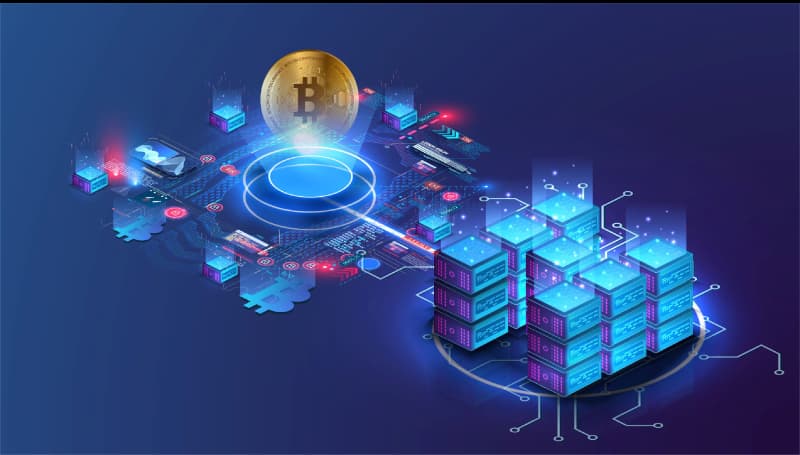In today’s fast-paced digital world, technology is changing how we live, work, and interact. One such innovation that is making waves across various industries is blockchain technology. But what exactly is blockchain, and how is it disrupting traditional software paradigms? Let’s delve into this fascinating topic and explore the revolutionary potential of blockchain.
1. Understanding Blockchain Technology
Blockchain is a decentralized ledger. It allows safe, open peer-to-peer exchanges without intermediaries like banks or governments. Imagine a digital registry logging transactions across a computer network. It is tamper-proof and unchangeable.
2. Traditional Software Paradigms
Before exploring blockchain’s disruptive potential, we must understand today’s software paradigms. They are the most common in tech today. Traditional software development often relies on centralized systems. These systems concentrate data and control in a single authority. This centralized approach can lead to inefficiencies, vulnerabilities, and a lack of transparency.
3. Decentralization: The Core Principle
Blockchain technology introduces decentralization as its core principle. Blockchain runs on a distributed network of nodes. Each node has a copy of the ledger. It does not rely on a central authority. The decentralized framework enhances security, reduces data tampering, and builds community trust.
4. Transparency and Immutability
Blockchain’s transparency and immutability stand out as pivotal characteristics. Every transaction on the blockchain is visible to all, in real-time. This creates an unprecedented transparency, unlike traditional software. Also, once a transaction is recorded, it cannot be changed or deleted. This ensures the data’s integrity.
5. Enhanced Security Measures
Blockchain uses cryptography to secure transactions and protect data from unauthorized access. Each block in the blockchain is cryptographically linked to the previous one. This forms a chain of blocks that resists tampering. This robust security framework mitigates the risks associated with cyberattacks and data breaches.
6. Smart Contracts: Automating Processes
Self-operating contracts, known as smart contracts, embody contractual agreements expressed through code. These contracts enforce and carry out the deal, if certain conditions are met. Smart contracts can automate processes, cut costs, and streamline operations.
7. Supply Chain Management Revolution
Blockchain is revolutionizing supply chain management. It provides full visibility and traceability of products and transactions. Using the blockchain to record the supply chain lets stakeholders verify goods’ authenticity and provenance. They can also detect counterfeit products and improve supply chain efficiency.
8. Democratizing finance with cryptocurrencies
Cryptocurrencies like Bitcoin and Ethereum use blockchain tech. They are disrupting traditional finance. These digital currencies enable peer-to-peer transactions without intermediaries. They lower fees and help financial inclusion.
9. Impact on Data Privacy and Ownership
In traditional software, users have little control over their data. It is stored and controlled by centralized entities. Blockchain technology lets people control their data. It enables secure, decentralized data storage and management. The move to user-centric data ownership impacts privacy and data sovereignty.
10. Challenges and Opportunities Ahead
Blockchain has great potential, but it faces challenges. These include scalability, regulatory uncertainty, and interoperability issues. Ongoing research and development can overcome these challenges. This will unlock new opportunities for innovation and disruption across industries.
Conclusion
Blockchain is not just a buzzword. It’s a force that is reshaping software. Blockchain is paving the way for a better digital future. It does this by decentralizing control, enhancing transparency, and improving security.







